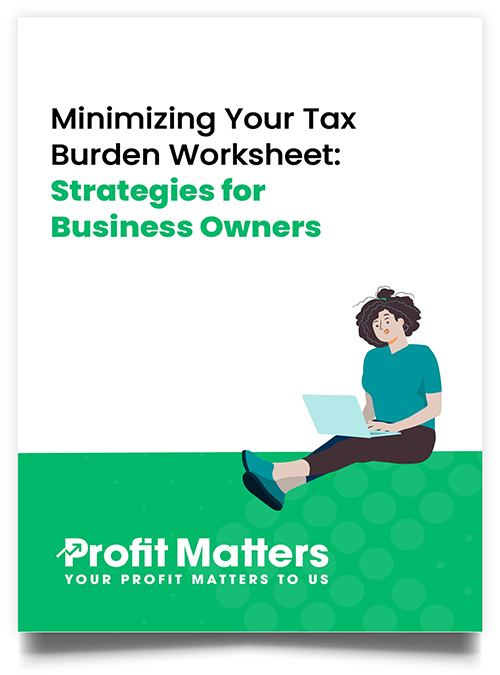And even if you had a technical team handling finance and accounting matters for you, they might not paint the true picture of your business finances especially if things are not that good.
To this end, it essential to understand some basics about what is contained in an Income Statement to help you gauge whether you are doing well or not. In this post, we’ll show you what to look out for in your income statement so you can stay on top of your financials.
1. Revenue/Sales
This sounds obvious, right? In its simplest, Sales represent the value of goods and/ services sold to customers both in cash and in credit. As much as businesses aspire to get as high revenue as possible, caution must be taken not to have most of the business sales of a certain period in arrears.
That is to say, it is essential for businesses to have their clients clear most, if not all of their invoices prior to closing a period’s financials. Otherwise, you might report impressive sales figures in your Income Statement revenue figures when the business is actually broken.
2. Cost of Sales
This is the cost of the goods or services you offer to your customers for compensation. It is another core determinant of your overall business profits and care must be taken not to operate on thin profit margins. Therefore, the procurement team must ensure that the source for goods and services from the most affordable but quality product or service providers.
3. Gross Profit
The Gross Profit is the difference between your Sales and the Cost of Sales. Again, here, you want to go for products/suppliers that offer decent profit margins. Decent here will be relative, depending on your Operating Expenses. This figure will represent the amount of money that is available for your Operating Expenses as well as Retained Profits. If your business operates on a relatively low Gross Profit, then you might not be able to sustain the business expenses let alone avail funds for growth and development.
4. Operating Expenses
Just like the name suggests, this figure represents a list of all business expenses during the reported period. These include salaries and wages, rent, utility bills, and more. Other than the product cost, these ‘eat up’ the biggest chunk of your profit; it is, therefore, important to keep your operating expenses at bay to avoid using up all of the business profits to run the business.
5. Net Profit or Net Loss
After you’ve deducted all business expenses, this is the figure you arrive at. It reflects what is left (if any) after you’ve compensated the business and those who help it to survive; the higher the Net Profit, the better for the company. However, if the reported figure is a loss, then it means that the business is not operating optimally.
There you go; next time you are presented with an income statement, you now know exactly what to look out for to draw conclusions about the financial status of a business.
Should you require any form of assistance, we’re always here for you!



